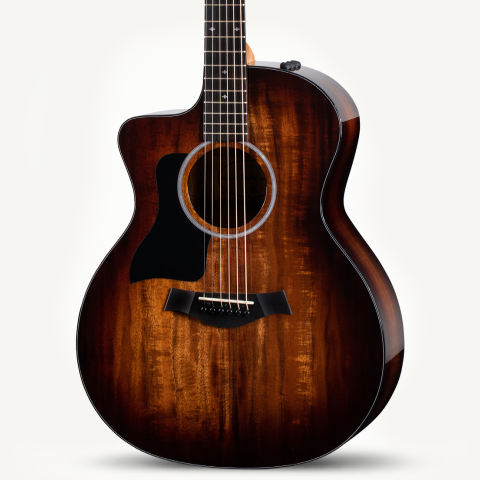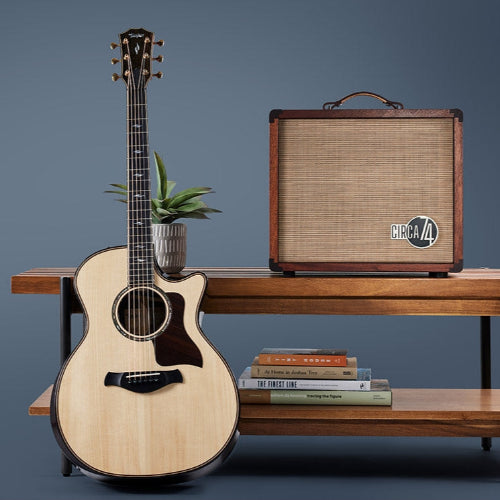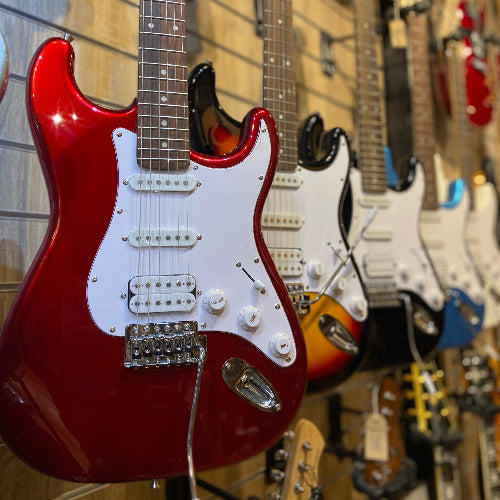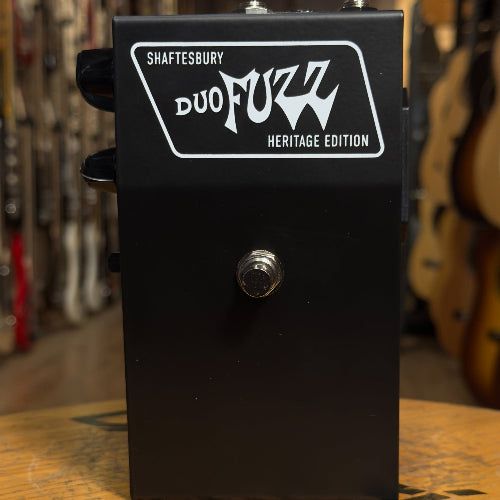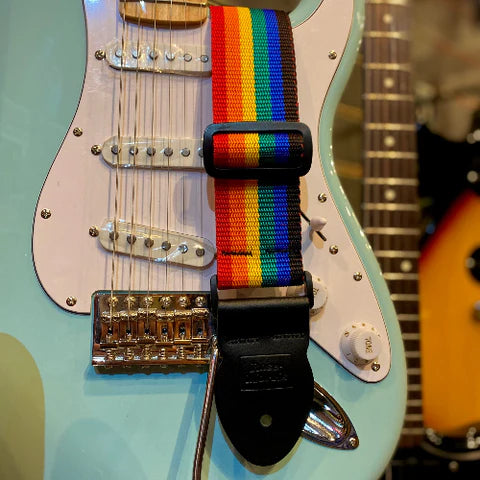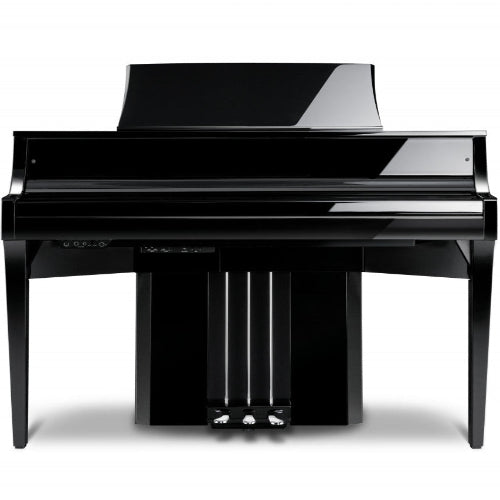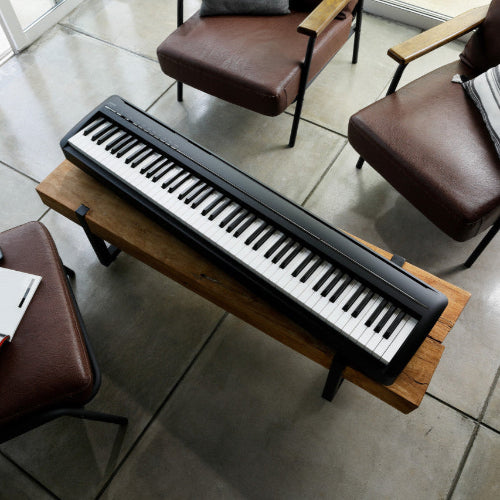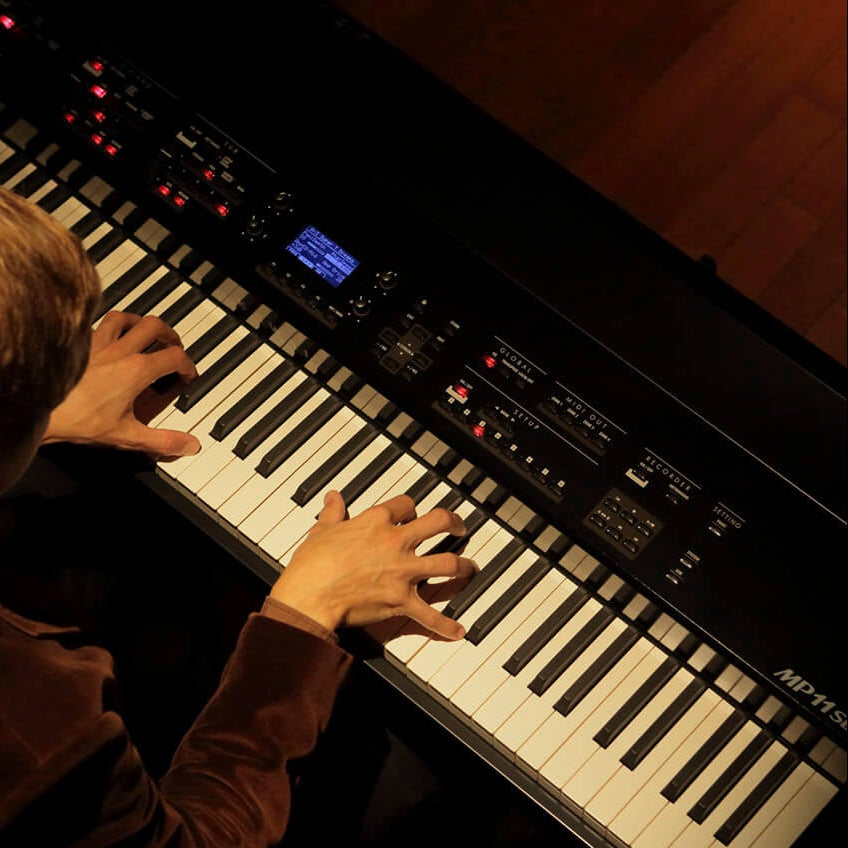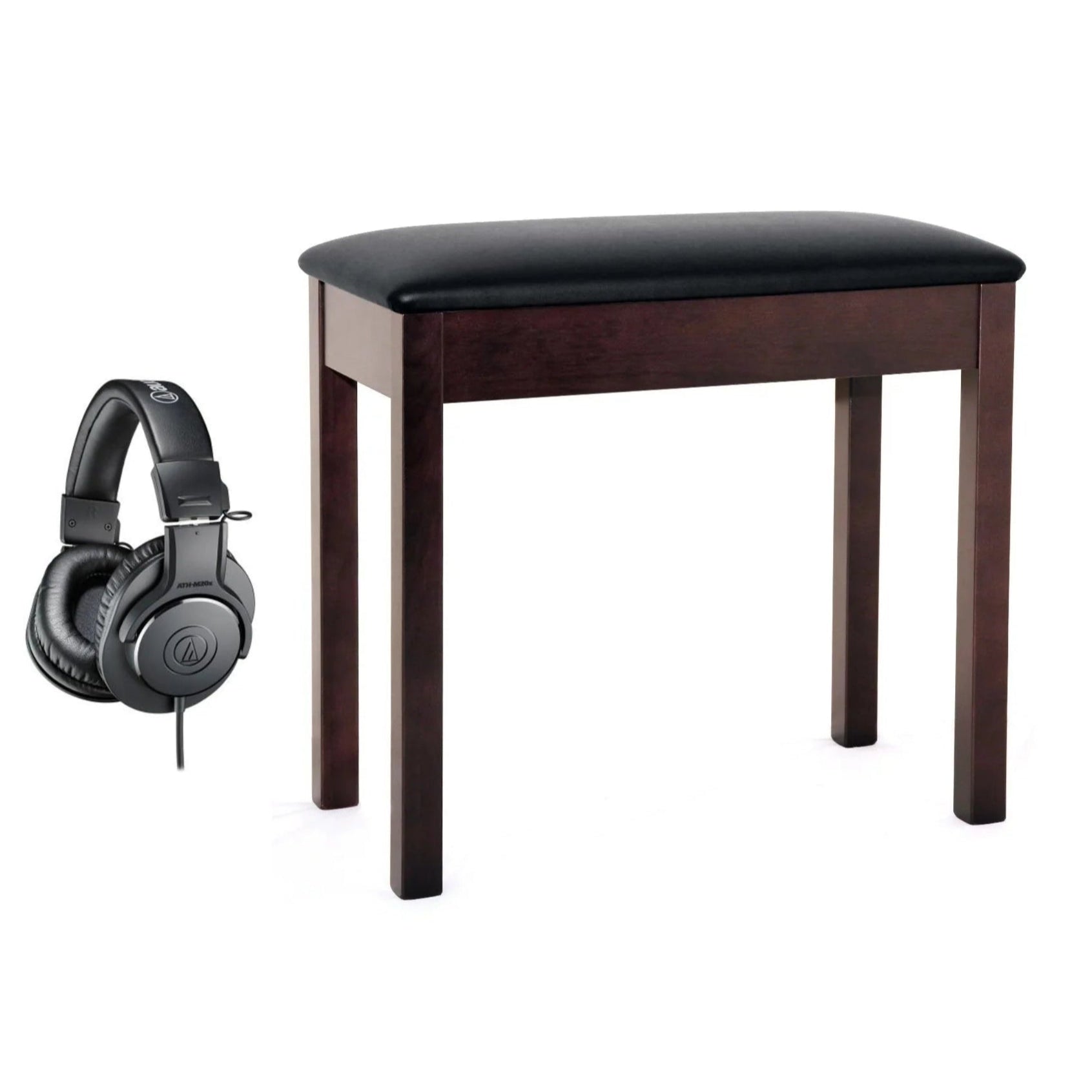At that time there was a small producer of drums who manufactured for the trade on a small scale. Known then as Furzer & Cutts, it was absorbed by RM and set up in Torrens Street, Islington, under the name of British Music Smiths to manufacture solely for the company. In 1928 a disastrous fire gutted the premises: Cutts went his separate way, and William Henry Furzer came to join the Rose Morris staff. Engaged mainly in manufactures (some of them highly ingenious!) though associated with many other branches of the firm's activities, he retired at the end of 1969. Marjorie Rose, another sister of the Rose brothers, joined the office staff in the early nineteen-twenties, remaining with the firm until her retirement after the War.
By 1929 larger premises were needed, and they were found at 58 City Road, EC1 where the company obtained the lease of a good warehouse with an imposing shopfront, a huge basement for storage, ample space for offices and showrooms and - marvel of marvels – a hydraulic lift serving a loading bank capable of accepting a (horse-drawn) railway van. Here, at last, was room for organisation and expansion.
The pattern of the music trade in those days was one of steady sale of the 'bread and butter' lines growing slowly as scope and specifications improved with superimposed 'booms' of popular items – some spectacular and long-lasting.
There was, at this period, an enormous demand for portable gramophones: the Decca portable, with its circular acoustic horn in the lid, had been used widely by the troops during the war, and the fortunes of Decca were founded on this popular instrument.
Rose Morris were never slow to fill a popular demand, and a gramophone factory was soon set up at the City Road premises under the control of Mr Furzer. 'Portables' were produced in their thousands, under the company's trade marks 'Savana' (the name derived from the Savoy Havana Band, the famous) 'Diana' and 'Broadway'. Nowadays it is not easy to visualise the prices of 1929 – but a complete and quite effective portable gramophone was produced to sell at twelve shillings and sixpence, while a much improved 'deluxe' model cost 14 shillings.
The early nineteen-thirties saw several peaks – mouth-organs sold by hundreds of dozens, with trade prices as low as 4/6d a dozen – there was a shortlived demand for the C-melody saxophone, now sharing the fate of the dodo; the ukulele and the ukulele-banjo enjoyed astronomical sales at unbelievably low prices, there came the newly-invented chromatic mouth-organ, and, perhaps most important of all the piano-accordion.
Accordions were not new, of course, but the piano-accordion had developed in such a way that it could be learned and played with ease by those not acquainted with musical theory, yet in its more elaborate forms could satisfy the most accomplished virtuoso. Rose, Morris & Co. Ltd became associated with an accordion manufacturer in Italy, Alfredo Frontalini, and became the sole importers of the products of his factory.
Photo: Savana portable Gramophone, c.1930. The word 'Electric', just discernible beneath the trade-mark, referred only to the performance: the motor was spring-driven.


